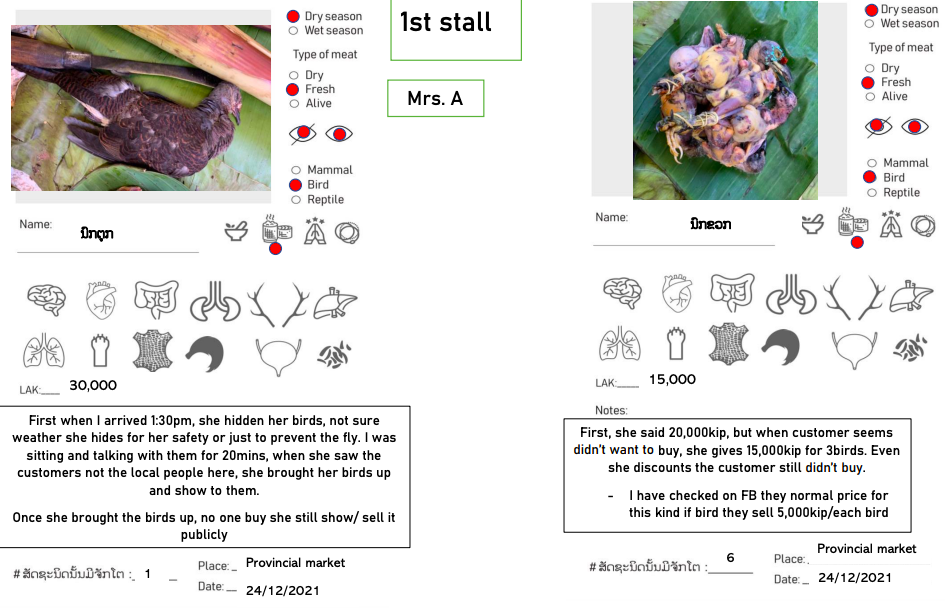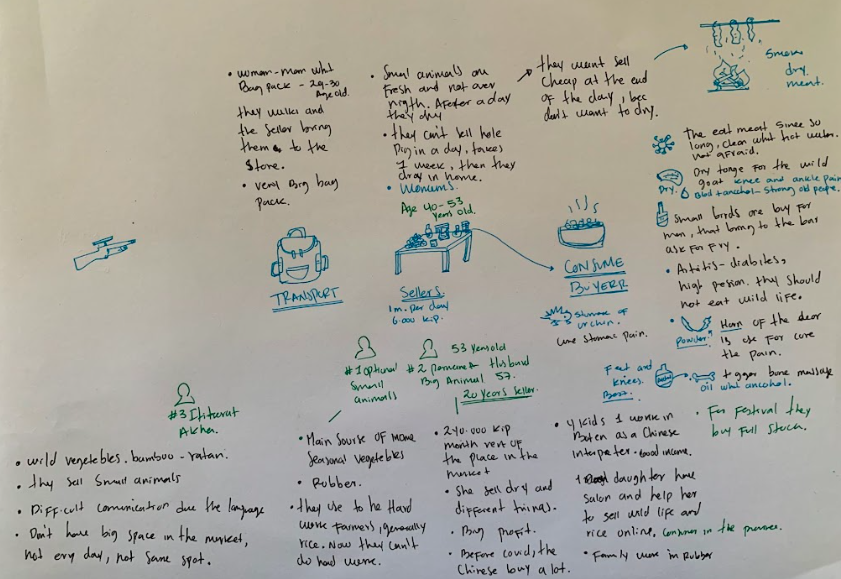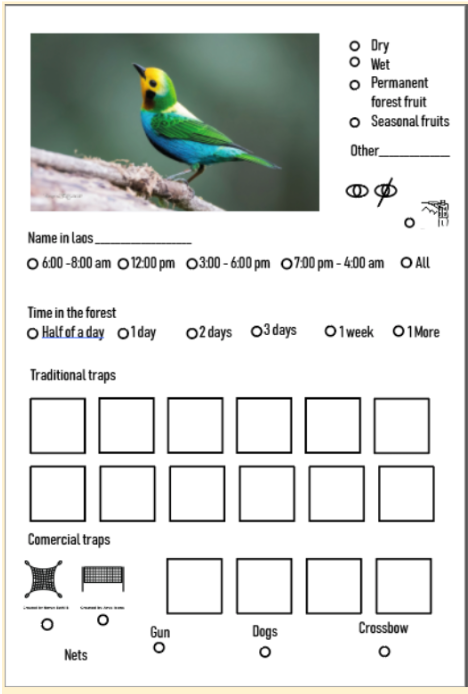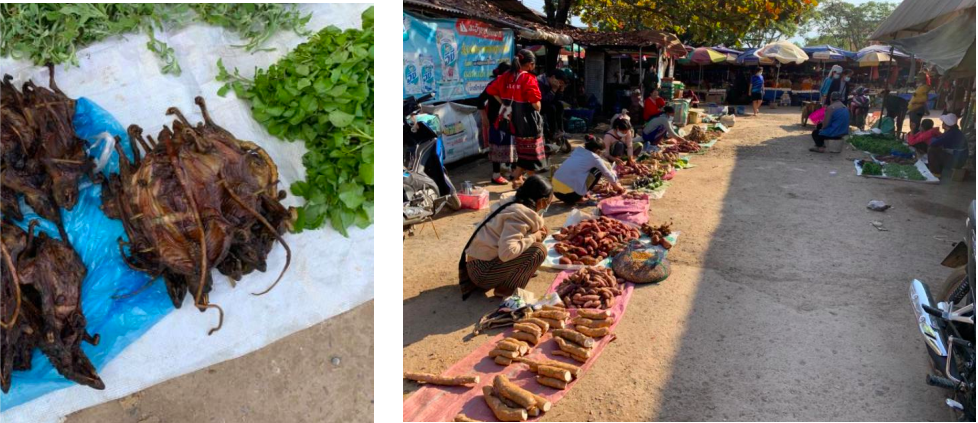
Project that aimed to raise public awareness through a campaign focused on the health risks associated with handling and consuming wildlife.
June 2020 – June2022/ Product designer, Independent Researcher, support on SBCC (social behavior change communication) for conservation, Grant proposal feedback.
The project adopted a strategy of developing targeted graphic design tools with a decolonized perspective on conservation. These instruments respected the cultural and traditional practices that the communities have preserved for centuries. Specifically tailored to each category group, the language and design of each instrument were carefully crafted to facilitate efficient data collection within a short period of time.
The campaign aimed to educate and inform the public about the potential dangers and health hazards of engaging in such practices. By highlighting the risks and promoting responsible behaviors, the campaign sought to minimize the occurrence of zoonotic diseases and protect both human and wildlife health.
I played a supportive role as a facilitator in Social and Behavior Change Communication (SBCC), with the goal of reducing illegal sales of wildlife and the risks of zoonotic disease transmission in Luang Namtha Province. Working closely with the Lao team. Together, we collaborated on designing surveys, developing communication strategies, and creating visual materials for the project. Phonevilay Soukhy, an expert survey researcher from CERS Explorers Lao Program, led the survey research efforts whit the resto of the team Air, Lada, Deng, Bill.
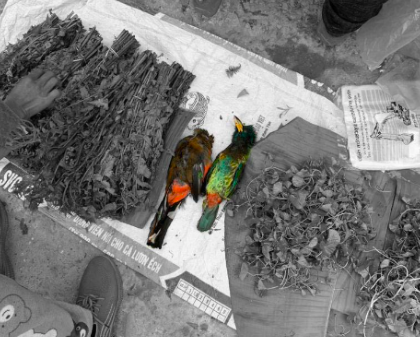
CONTEXT
The northern region of Laos is home to a diverse range of ethnic groups, each with their own distinct social norms, customs, and languages. This rich cultural diversity creates a unique context for addressing various social and conservation issues. Recognizing the diversity among these ethnic groups is crucial in designing and implementing effective strategies that respect and incorporate their cultural practices and traditions. By understanding and engaging with the specific social norms and languages of each group, interventions and initiatives can be tailored to be more culturally appropriate and impactful in promoting sustainable practices and conservation efforts.
The first pilot interview was initiated with the premise of understanding and co-creating knowledge whit the sellers, consumers and buyers. We emphasized transparency regarding the information collected and its intended use. By employing these strategies, we aimed to establish trust and open communication with the sellers, allowing for a more meaningful and insightful research process.
- Time consideration: Recognizing that sellers have limited time, we ensured that the first interview would not exceed 10 minutes.
- Language choice: We deliberately avoided using the term “dealers” as it carries negative connotations. This approach allowed the researcher to approach the subject from a different perspective.
- Cultural sensitivity: We aimed to avoid imposing Western perspectives and instead conveyed our understanding that these practices are deeply rooted in the culture and have been practiced for many years.
- Empathy: We wanted to convey empathy by acknowledging the challenging financial circumstances they face during these times.
- Needs acknowledgment: We recognized and acknowledged their needs throughout the research process.
- Non-judgmental stance: We consciously avoided making value judgments regarding their activities.
- Understanding motivations: We sought to understand the reasons behind their engagement in these practices.
- Anonymity assurance: We made it clear that their identities would remain anonymous.
- Non-interference: It was communicated that we would not urge them to cease their activities.
This is an excerpt from the document "Building trust among wildlife sellers in Luang Namtha provincial market: Field Report 2022 Jan 11." This paragraph was rephrased by OpenAI.
